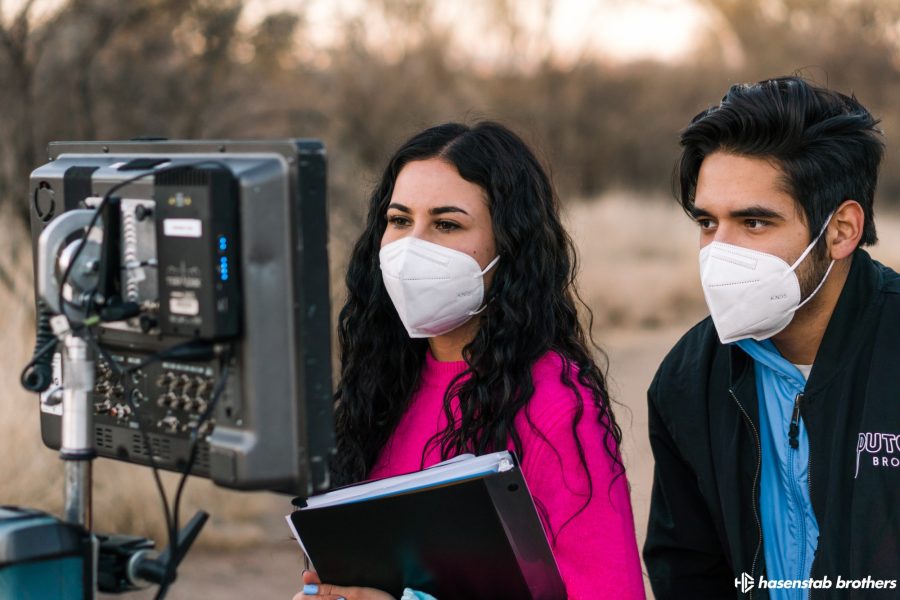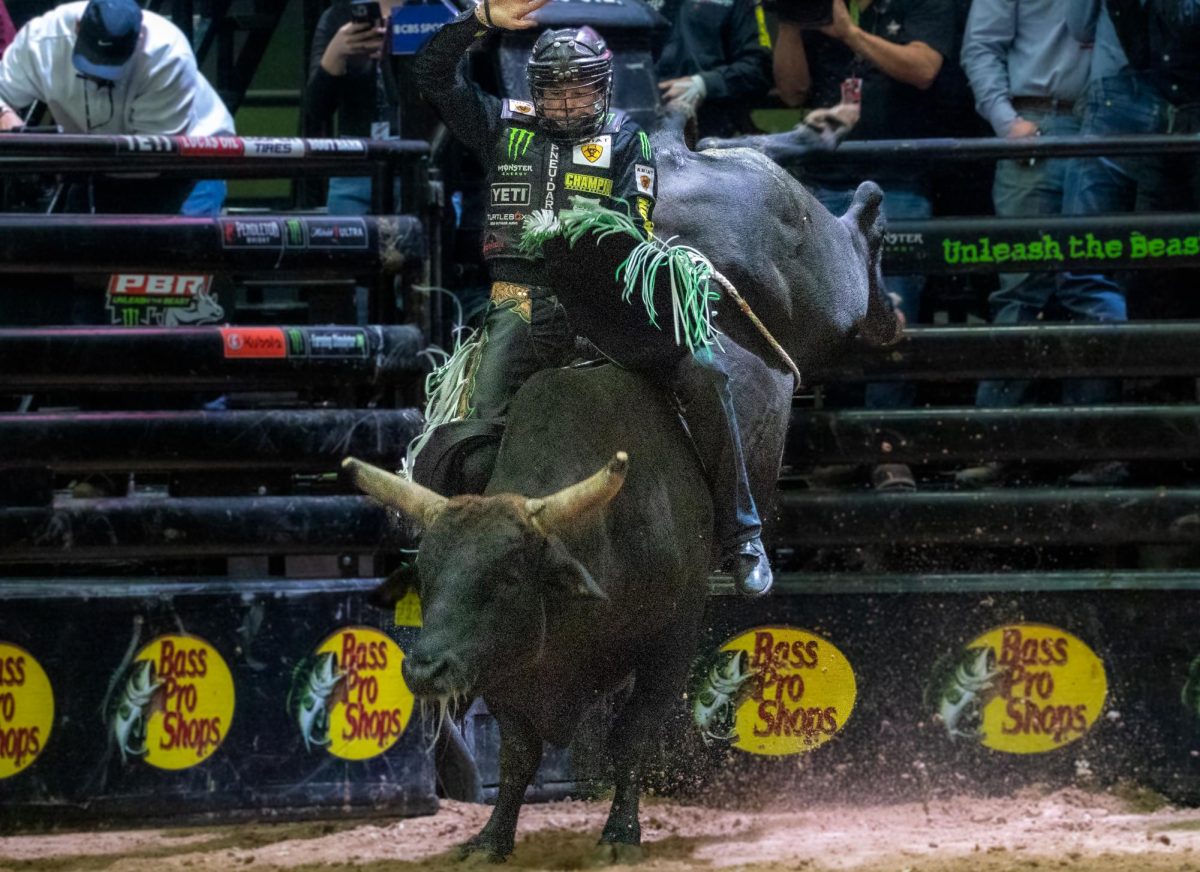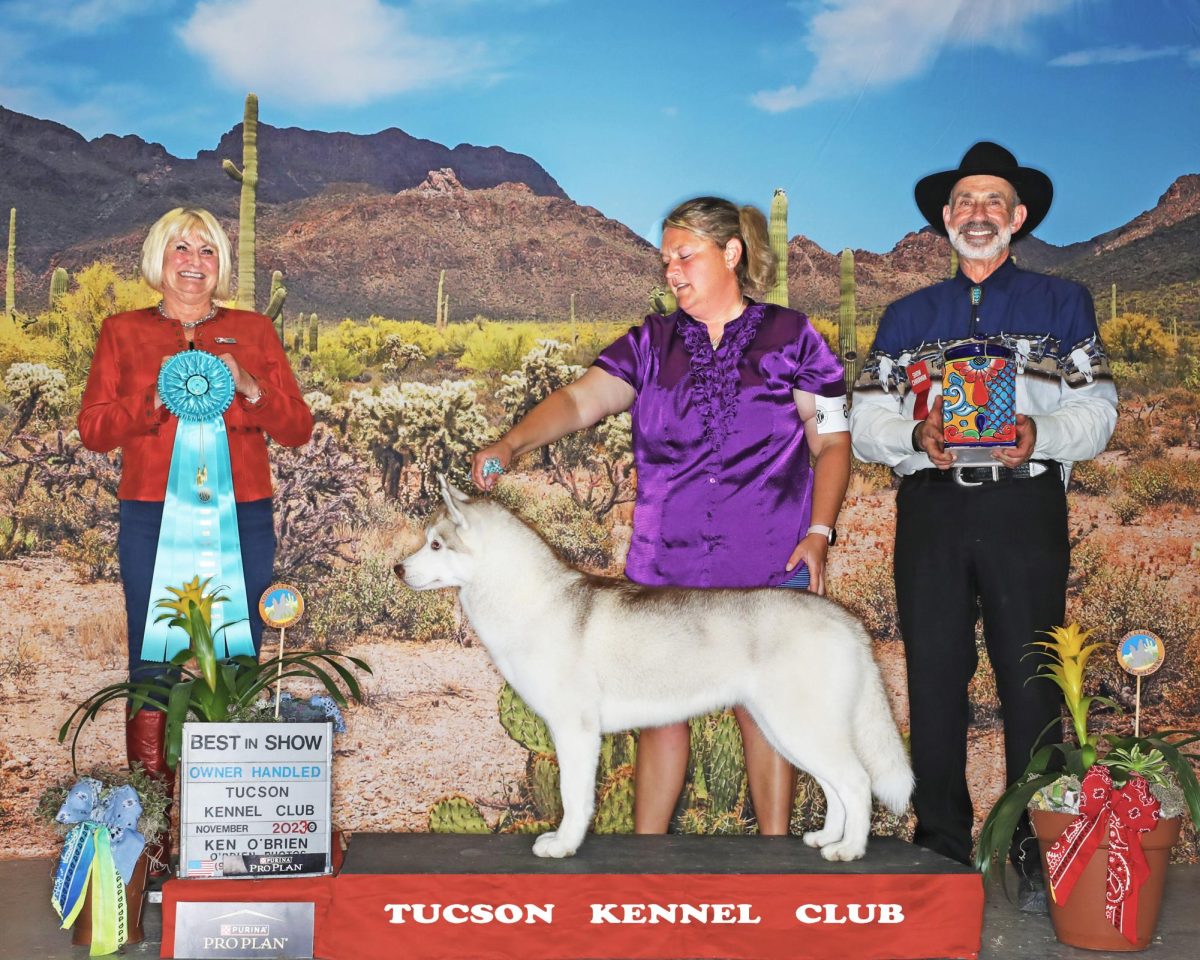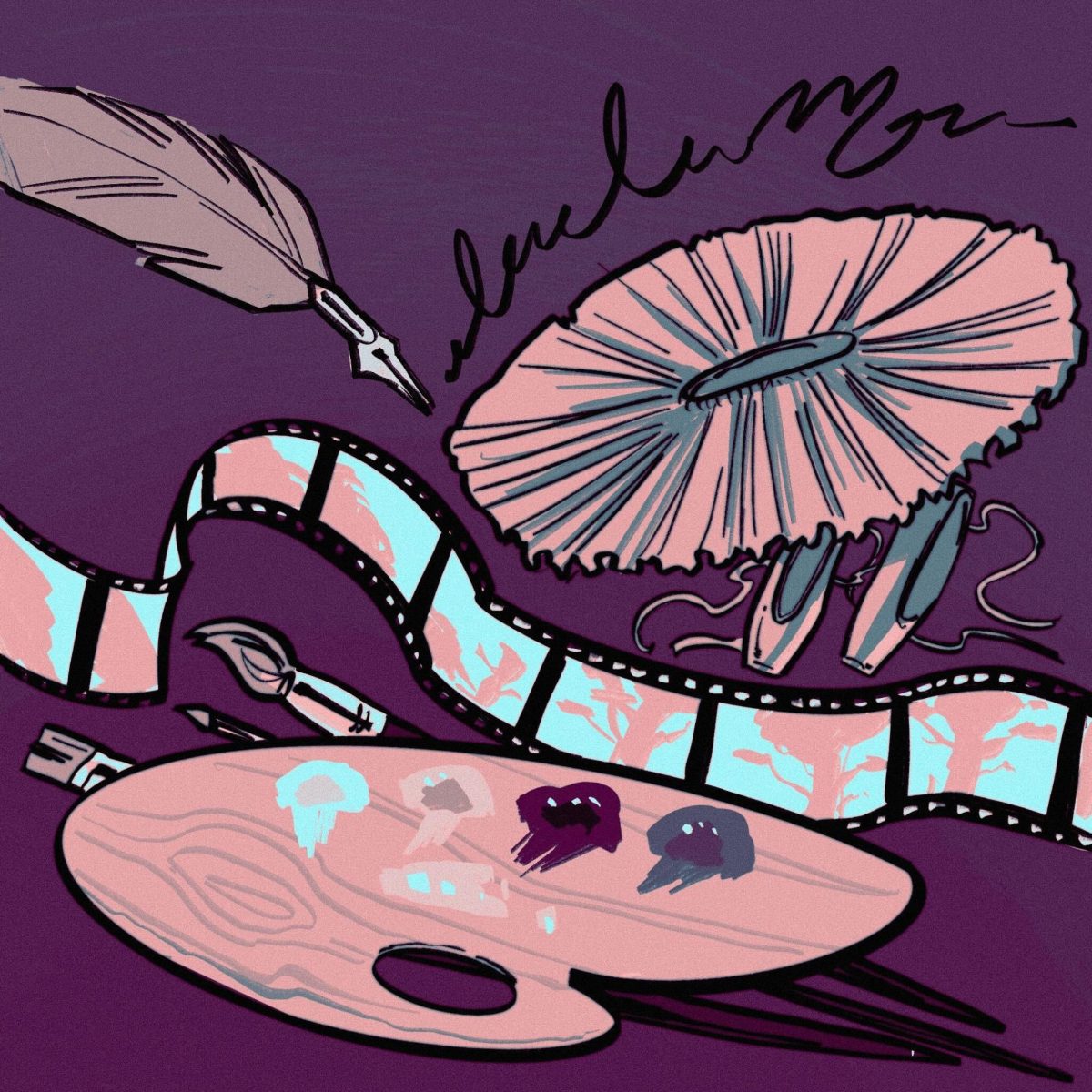Mark your calendars because May 8th is the 16th annual I Dream in Widescreen event. Every year, the University of Arizona’s School of Theatre, Film & Television showcases its students’ undergraduate thesis films right where they belong: on the big screen.
I was fortunate to chat with one of this year’s most anticipated student filmmakers, Alexandra Cerna, about her film “Treasures Beneath My Tree”. Due to the pandemic, production procedures underwent some drastic alterations. Cerna, however, did not let this impact her vision. We talk about her inspirations, creative process, production, and what is in store for the evolving artist.
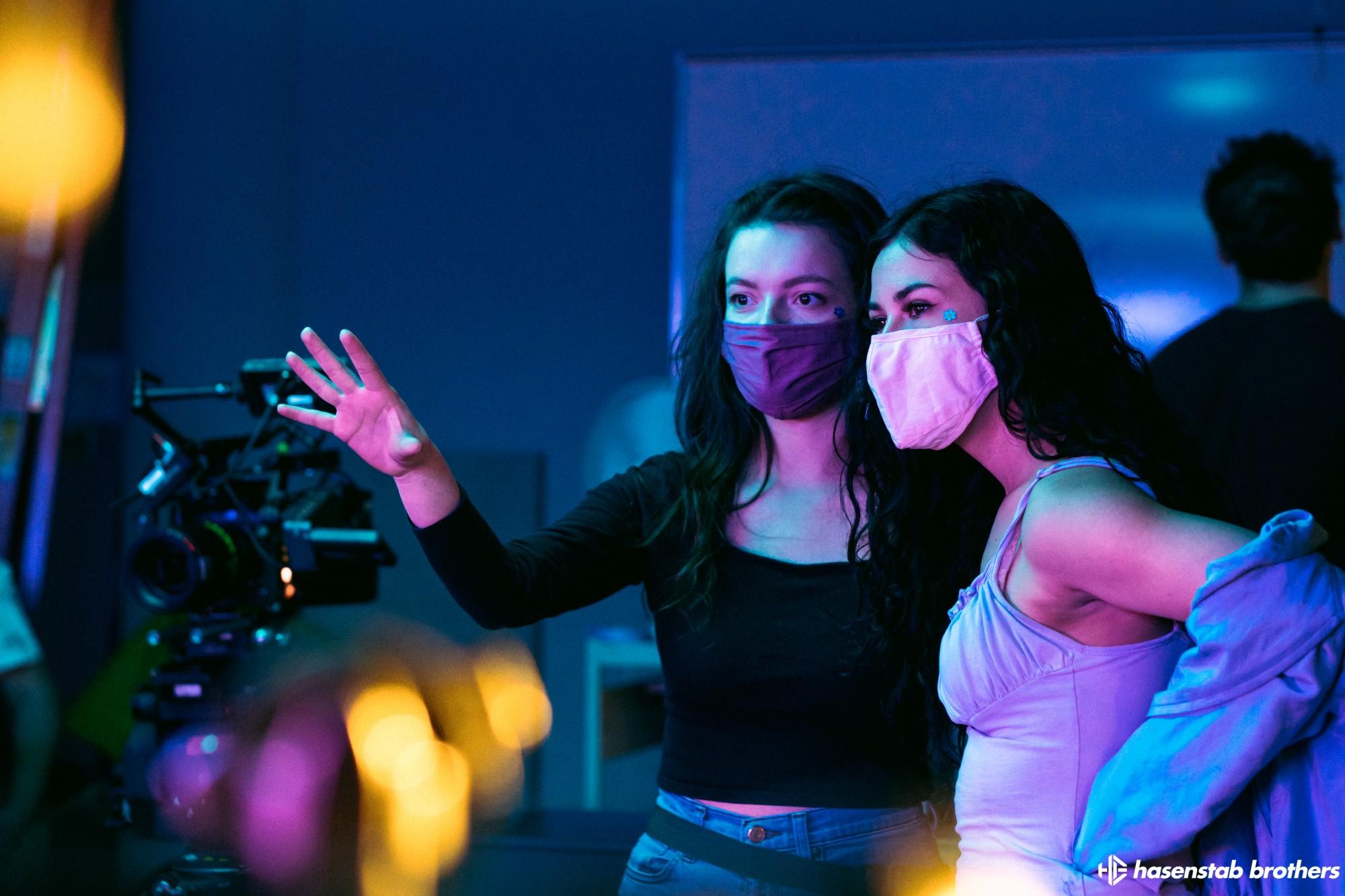
Kuikahi: “When did you realize that filmmaking was your passion?”
Cerna: “I’ve been involved in film since I was 5 years old. I would use my family’s camera and I would make a bunch of movies with my siblings, my neighbors, my friends. Honestly, I’ve always been creating. I’ve always known I like media and video, but I fully realized that this was my calling in middle school. I joined the film club, went full throttle, and just knew that I had been so drawn to it from such an early age because I genuinely loved it. It wasn’t until I was a little older that I thought to call myself a filmmaker.”
Kuikahi: “What was your first big project?”
Cerna: “I was always involved in media programs in school. But, I’d have to say my first big project started when I lost my grandfather. I didn’t know how to grieve or what to do with myself at that time. That’s when I started doing stop motion animation. It was around [the age of] 16 or 17 when I really began to put my emotions and who I was into my work.”
Kuikahi: “Where do you get your seedlings of inspiration from?”
Cerna: “Ever since that project about grief, everything I’ve done since then has incorporated what’s going on in my life and how I’m feeling. That’s where my ideas really spark from. Also, draw a lot of my inspiration from Tim Burton and music videos. That’s mostly like my main passion. I love FKA Twigs’ music videos, they’re absolutely beautiful. I’m also really into Jean Dawson right now — he has incredible videos.”
Kuikahi: “What draws you to music videos?”
Cerna: “They all have stories. Even though they accompany music they’re still so narrative. But, you have much more creative freedom with it. I’m a very visual-heavy person. In fact, the film I made this year has an almost music-video type narrative. It’s still a movie, but I had an original score made for it and everything.”
Kuikahi: “You had a score made for it? That’s fantastic! How’d you manage that?”
Cerna: “I reached out to a local composer. He’s moving to D.C. next month, actually. His name is Twilliam and he makes incredible music and he’s very interesting in the way that he works. He literally created the soundtrack based on the film. For example, say something cool pops up on the screen, he made a sound for it. There are audio elements to everything, it’s as if he made characters out of sound. It’s super synthy and dreamy and made perfectly to match each frame of the film. It’s beautiful.”
RELATED: ART IS ACTIVISM: Documenting history with local artist Robbie Lee Harris
Kuikahi: “So, ‘Treasures Beneath My Tree’ is your film that’s going to premiere at I Dream in Widescreen — could you give the people some background on the story and your inspiration for the project?”
Cerna: “I’d love to! So, I’ve always been really connected to my childhood, and I’m obsessed with color and movement dreams. Basically, I wanted to create something that incorporated all of that. I was fortunate to have such a beautiful childhood that involved nature and color, friends and family, and a whole lot of love. Because of this, I was kind of like a little hoarder. I was always collecting random things that made me happy, whether that be seashells or troll dolls, or a toy that my grandparents gave me. I have accumulated the most interesting knickknacks. Each of those things means a lot to me and I’ve kept them to this day. In fact, they’re the knickknacks that I used in ‘Treasures Beneath My Tree.’”
“The movie is about a little girl, younger me, going to get a box of treasures that she buried underneath a tree. When she opens the box, it’s filled with all of her favorite childhood wonders, and it helps her reconnect to her favorite memories that make her who she is and the people that she loves.”
“In the film, there are vivid, colorful, very dreamlike sequences that take place each time she picks up an item. The film’s perspective is how a child views the world. That’s why I made it so colorful because children view everything so beautifully and freely. I want people to feel that and to remember how they felt as a child when they watch my film. It was important to me to hone in on those memories, especially because they’re still so important to me.”
Kuikahi: “This project is so personal to you. Was it nerve-wracking to do something so involved with who you are and something as special as your childhood?”
Cerna: “Oh, my gosh, yes. But I had a wonderful team within the FTV and BFA program that really supported me.”
Kuikahi: “How long were you holding onto this idea? Going into the BFA program you already know from the jump that you’ll have to complete a senior thesis film. Was this film always a part of your plan?”
Cerna: “I was so nervous for years because I knew that if I got into the BFA program that I’d eventually have to direct an entire set. Ultimately, after everything worked out, I knew I was meant for it. I put so much work into this. Me and my producer, Hunter Snider, worked our asses off for this movie. Thankfully It went way better than I expected. I mean, I got my [junior] film canceled because of [COVID-19]. This film was like a reconfigured version of that one. I’m glad I got the opportunity to really do what I wanted with it.”
Kuikahi: “Could you share a little bit about how this film relates to your junior film concept?”
Cerna: “The film I was supposed to do last year was going to be called ‘The Sound of Trees’ and, after I reworked the idea, was going to be completely different from ‘Treasures Beneath My Tree.’ Although, it was going to be the same actress.”
“Both films have a very similar premise. It involved nature and a kind of nostalgia, which was along the same lines of what I wanted, it just didn’t feel right. One of the blessings from that whole situation is that ‘Treasures Beneath My Tree’ would never have been created if my first one wasn’t canceled. I got the chance to revamp it and make it what I actually wanted.”
Kuikahi: “How did you get your crew together?”
Cerna: “Actually, my cinematographer, Chance Roberts, reached out to me on Instagram and was like, ‘Hey, do you have any projects like your dreamscape stuff that I could shoot?’ He offered his services for free along with a crew from L.A. all because he believed in my vision. He just wanted to be a part of it.”
“He creates beautiful work. I said, ‘Of course!’ and we proceeded to talk and call about it all the time. We would FaceTime to storyboard the whole thing. We would do this with my production designer, Victoria Ainza. It was very collaborative between me and the department heads. Basically, I gave them my script, they gave me their inputs and insights and we moved forward together. ‘Treasures Beneath My Tree’ is like our baby now.”
“Robert also knows the crew at Monsoon Productions really well, so we were able to swing a huge discount and work on a professional set on a real set budget. We were able to pull off something massive, something I wouldn’t be able to do without [Roberts’] help. The rest of my crew, like [Snider] and [Ainza], are also in the film program. They were a huge help, I couldn’t have done it without them.”
Kuikahi: “Working with Monsoon must have been huge! What was having access to all of their resources like?”
Cerna: “It was surreal. [Roberts] made a lot of it affordable. All we had to work with was what we raised crowdfunding. We had a budget of a little under $3,000. The set we worked on was typically priced at $12,000, so it’s insane that we were able to get access to that. It was a pretty penny for sure. I would have never been able to do what we did without that deal, so I’m very grateful for [Roberts]. Everything kind of fell into perfect harmony — nothing went wrong.”
RELATED: School of Art displays student projects in the 2021 BFA Exhibition
Kuikahi: “It seems like you had a lot of good energy beamed into this film. I’ve seen the behind-the-scenes stills on your social media and there are some super captivating shots in there.”
Cerna: “We shot in Arizona on a beautiful ranch. That’s where we got all of those cool shots from, like the ones of tall dead grass and vast mountains, and the desert and mesquite trees. [Snider] and I just happened to fall upon this gorgeous location. We were just driving around turned down this one road. It was like pure fate that we found the Empire Ranch Foundation. The place is like an old cowboy ranch that was built in the 1800s. We called the owners and they were totally cool with us shooting there as long as we gave them a shoutout in the end credits. We lucked out with that as well. Everything fell into place — our location, equipment, crew, our actress. She’s so cute and amazing. She just came out with a Netflix show with Michelle Obama.”
Kuikahi: “What was the filming process like? How was this project different from previous ones you have done?”
Cerna: “Aside from the stop motion, everything was filmed over the course of a three-day weekend. Unfortunately, we had to move the days around nearly three different times because somebody on my team got [COVID-19], so we had to push things back a whole month later. That was stressful. There was a moment when I was worried if we were going to get it done at all. The shoot kept getting canceled for various reasons. But things just fell into place at the end.”
“Eventually we began shooting on a Friday, starting our day at 7 a.m. and ending at 8 p.m. The next day was an early day. For the most part, we had twelve-hour days all weekend. They were long, long days where we’d start when the sun was barely out and end at nighttime. Everyone’s sleep-deprived but still had high spirits because they know they’re contributing to something awesome. Nobody had a bad attitude and it was really fun. I’m so grateful for my crew.”
Kuikahi: “How did [COVID-19] precautions change your production procedures?”
Cerna: “It was definitely hard. It was hard because I usually work in a very personal manner and like having my crew close around me, so not being able to do that was a challenge. Just relying on texts and calls to make something at such a grand scale is tough, especially when you consider how much money and equipment was involved. There were a lot of safety hazards to take into account. When we shot it in the studio, we had to have two giant fans constantly circulating air for ventilation purposes. Even catering and meal breaks were difficult.”
“How we pulled off certain shots also had to be reconfigured so we could keep that necessary distance. Another thing was not seeing my classmates for so long. We were all mourning our films from the year before and were so upset because we had spent so much time on those. But, we were able to get together and shoot this year. Overall, it was a good lesson and I wouldn’t have wanted my movie to come out any other way. We did the absolute best that we could have given our circumstances and I’m so happy with it. I wouldn’t change a thing about what we did or how we did it.”
Kuikahi: “What does I Dream in Widescreen mean to you?”
Cerna: “I Dream is something that I and my classmates have been dreaming about since we got to the [UA]. Even though I’m exhausted, I’m so excited that we finally get to have our films out there. We basically lived in the FTV building, constantly in the editing rooms. I know some kids who are there right now, who have been there for days and weeks. I’ve probably spent one hundred plus hours there in the past few months just editing. So, to finally have our stuff done, to finally have something that you thought of in your head one day being played on the big screen is so exciting. I’m so proud of myself and of everyone who made their films. It means a lot to us. And, I’m so proud of myself. I’m excited to finally see it all done and to see where I go from here.”
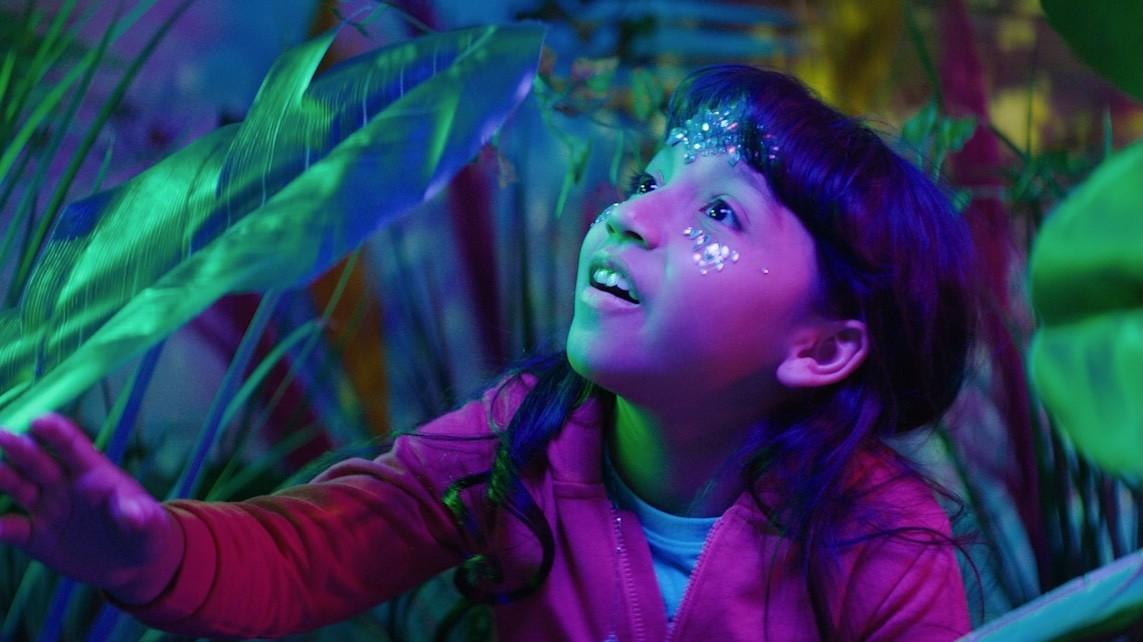
Kuikahi: “So, what’s next for Alexandra Cerna? I saw that you just announced your production company, Crescent Disco Productions.”
Cerna: “Yes! I’ve been wanting to do this for a while and I finally just had the artwork done. At Crescent Disco Productions we’re going to do music videos, commercials, pictures, collaborative video, media projects. I’m really excited about it. I actually just shot the first music video with Crescent Disco Productions about two weeks ago and it should be released soon. I’m so proud of it. Currently, I’m trying to kind of set a base for what the company looks like. I have a very saturated, colorful, sort of retro-nostalgic look to my work. I really think this music video is going to set a great foundation for how the rest of the media is going to going to look like for the company.”
This year, the I Dream in Widescreen films will premiere in a hybrid fashion. There is a chance to view the projects in person at the Cactus Drive-In Cinema, as well as online at loftcinema.org. If you can’t make it on Saturday, May 8, the films will be available to stream online from May 8 through the 22.
The list of featured filmmakers includes (in order of premiere): Elsa Ryder, Hannah Lee, Tyler McEvilly and Hasan Taleb, Pablo Perez, Atlas Woods-Smith, Antonia Maher, Kirstyn Kubicki, Matthew Potwardowski, Marin Stewart, Mackenzie Giguere, Stephen Morand, Atreyu Hasenstab, Alexandra Cerna and Brandi Burleson.
Follow Selena Kuikahi on Twitter

Selena Kuikahi (she/her) is a senior studying both film and television and law.



